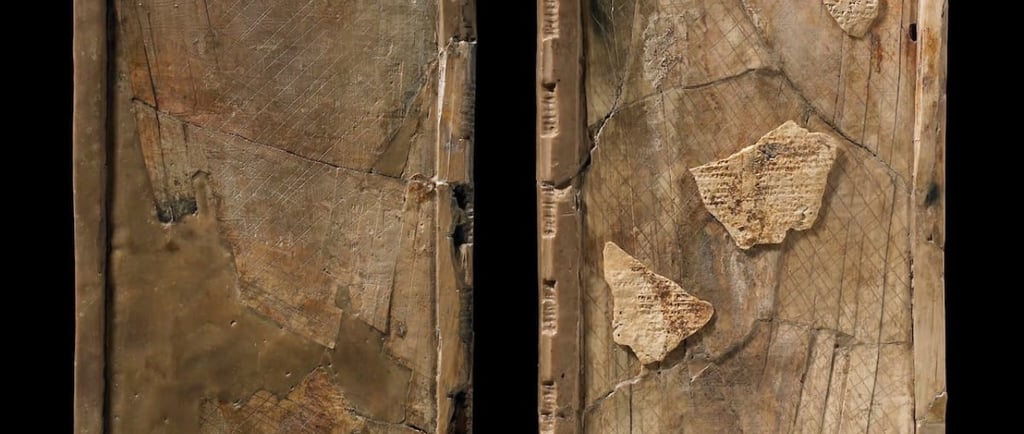The Rare Cuneiform Writing Tablets


The Historical Significance of Nimrud
Nimrud, an exceptional archaeological site located in modern-day Iraq, holds a significant place in Assyrian history. Founded during the reign of Ashurnasirpal II in the 9th century B.C., it flourished as a prominent cultural and political hub in the Neo-Assyrian Empire. Among its remarkable remnants are rare cuneiform writing tablets that date back to 612 B.C., revealing the region's rich history and the intricate lifestyles of its people.
Unveiling the Rare Cuneiform Tablets
The discovery of these rare cuneiform writing tablets at Nimrud has provided invaluable insights into ancient Assyrian civilization. Crafted from local walnut wood and beeswax, these tablets demonstrate a unique blend of artistry and practicality, offering a glimpse into the administrative and day-to-day activities of the time. Scholars have noted that the use of such materials was not merely decorative but also functional, providing an easily erasable canvas for recording important information.
The Writing Techniques and Language
The cuneiform writing system originated in Mesopotamia and evolved over thousands of years, with Nimrud serving as a critical site for its development. The tablets discovered at this site exhibit various forms of the cuneiform script and are instrumental in understanding the languages spoken during the Neo-Assyrian period. Through these tablets, researchers can ascertain details about trade, commerce, legal matters, and even personal correspondence, reflecting a complex societal structure.
As we study the inscriptions on these tablets, we gain deeper knowledge of not only the Assyrian language but also the cultural and societal norms of that era. This multifaceted approach opens up discussions on how these communities interacted, governed, and thrived in a challenging environment.
The exceptional state of preservation of the Nimrud cuneiform tablets is a testament to the craftsmanship and sensibility of the ancient Assyrians. Noteworthy is their ability to utilize readily available resources such as beeswax for creating erasable surfaces, illustrating their ingenuity in documenting information.
In conclusion, the rare cuneiform writing tablets unearthed at the Mesopotamian site of Nimrud stand as a vital link to the past, offering a window into the Neo-Assyrian civilization. Through these ancient artifacts, we can appreciate the complexity and richness of their culture while gaining insight into their language and administrative practices. Continued research and restoration efforts will undoubtedly shed more light on this intriguing period of human history, ensuring the preservation of these invaluable tablets for future generations.
